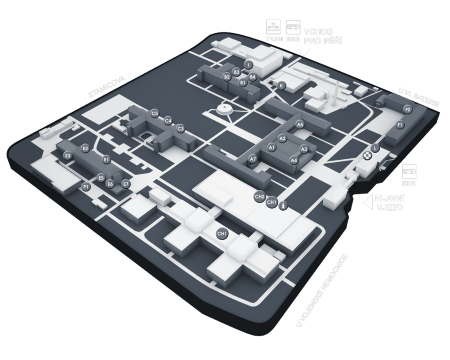This procedure involves the insertion of an endotracheal tube through the mouth or nose into the trachea, thus allowing the patient to be connected to mechanical ventilation, maintaining patency of the airway, and preventing aspiration of gastric contents by the inflated sealing cuff. It is the "gold standard" in securing airways in intensive care.
Equipment:
Laryngoscope - A device for direct visualization of the larynx. It consists of a handle that can be connected with a blade (curved, straight or with a flexible distal end). Available in different sizes and blade types.
Endotracheal tube - tubes with marked diameter and distance from the distal end for checking depth of insertion usually with a sealing cuff, may be un-cuffed or so-called smooth (used mainly in children).
Stylet - metal wire coated with plastic/rubber inserted into the ET tube to mold it to facilitate insertion.
Magill´s forceps - mainly used for nasal intubation, used to grab the tube at the distal end and move it into the larynx, under direct laryngoscopic guidance.
The suction unit – absolutely necessary equipment that should be within reach (and functional) before each intubation begins.
Capnography - resp. monitoring of exhaled CO2 - to verify the accuracy of tube placement into the Airways.



